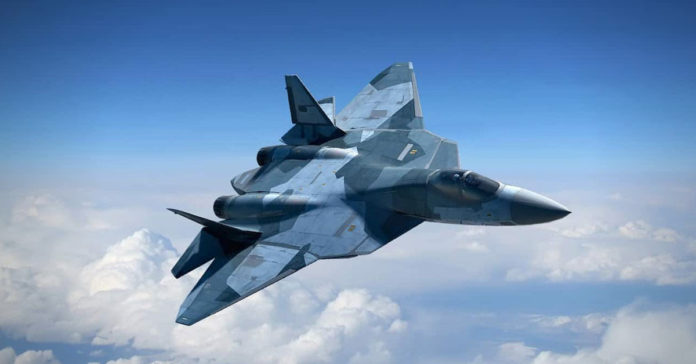The United States’ withdrawal from the Anti-Ballistic Missile Treaty, as well as various European missile defence initiatives, prompted the Russian Federation to invest in costly missile projects that would ensure Russia’s ability to pierce any current systems, according to Russian President Vladimir Putin.
As well as any future systems that the US may put together. The RS-28 Sarmat heavy intercontinental ballistic missile (ICBM), the Burevestnik (Skyfall) nuclear-powered cruise missile, the Peresvet laser system, a nuclear-armed submarine vehicle, and the Avangard and Kinzhal hypersonic missiles were among the weapons Putin mentioned during his speech.
With tensions between the US and Russia on the increase once again, Russia’s massing of troops and equipment around Ukraine’s borders has sparked worries of a war between these erstwhile Cold War foes. Russia has made a show of unveiling new and exotic weapon systems and combat platforms in recent years, ranging from stealth fighters to nuclear doomsday torpedoes and invincible missiles.
All that happens in the middle Putin mentioned a hefty intercontinental ballistic missile, a nuclear-powered cruise missile, a nuclear-armed underwater vehicle, and an enhanced hypersonic missile in a recent speech. We’ve selected ten of Russia’s potentially dangerous weaponry in this piece. Here is a list of Russia’s Top 10 Future Weapons. President Vladimir Putin revealed what the Russian Federation has been working on for years in a magnificent statement in 2018.
| Russia’s Top 10 Future Weapons |
|---|
| 1. POSEIDON UNMANNED UNDERWATER DRONE |
| 2. 9M370 BUREVESTNIK |
| 3. MIKOYAN MIG-41 |
| 4. SHTORM SUPERCARRIER |
| 5. LAIKA CLASS SUBMARINE |
| 6. UNMANNED T-14 ARMATA |
| 7. LIDER CLASS DESTROYER |
| 8. S-500 PROMETEY |
| 9. SUKHOI SU-70 OKHOTNIK-B |
| 10. RS-28 SARMAT |
1. POSEIDON UNMANNED UNDERWATER DRONE

The Poseidon is a developing autonomous nuclear-powered and nuclear-armed unmanned underwater vehicle drone capable of delivering both conventional and nuclear payloads. It was previously known by the Russian code names data6.
The Poseidon appears to be a last-resort weapon for Russia’s retaliatory capacity against the United States. Because the drone might detonate its very massive bomb at standoff range, anti-submarine warfare forces would have very limited time to react due to the pace at which it flies, an aircraft carrier battle group would have fewer chances of defending itself against it.
2. 9M370 BUREVESTNIK
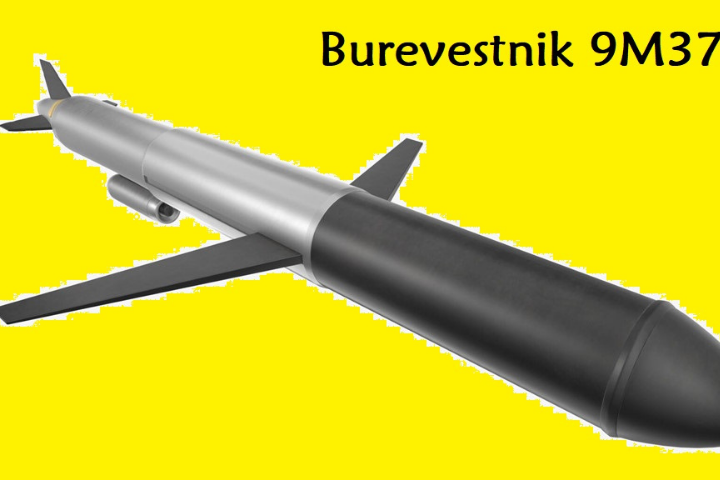
The Russian experimental nuclear-powered nuclear-armed cruise missile 9M370 BUREVESTNIK is currently in development. This nuclear-powered cruise missile is said to have an indefinite range and the ability to circumvent missile defences.
A critical step of testing of the bureau of estimating complex’s cruise missile, as well as the test of the nuclear power unit, was successfully completed in January 2019. On March 1st, 2018, Russian President Vladimir Putin revealed the Vesnik Bureau as one of Russia’s top strategic weapons.
3. MIKOYAN MIG-41
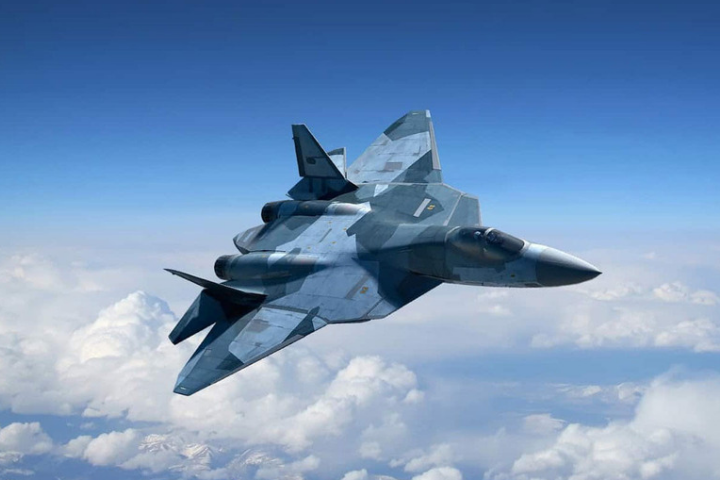
The mikrian pak DP or mig-41, according to a Russian military specialist, is a Russian programme under development to construct a stealth interceptor aircraft or heavy fighter to replace the Mikoyan MiG-31 in the Russian air force in the mid-2020s or mid-2030s.
The mig-41 is classified as a sixth-generation plane. It has a top speed of 3675 kilometres per hour (2 284 miles per hour) and can cruise at least mark 3. It can also fly at great altitudes of up to 45 000 metres, allowing it to cover the majority of Russia’s huge land in the shortest period possible. A Mikoyan 41 unmanned version is also being considered.
4. SHTORM SUPERCARRIER
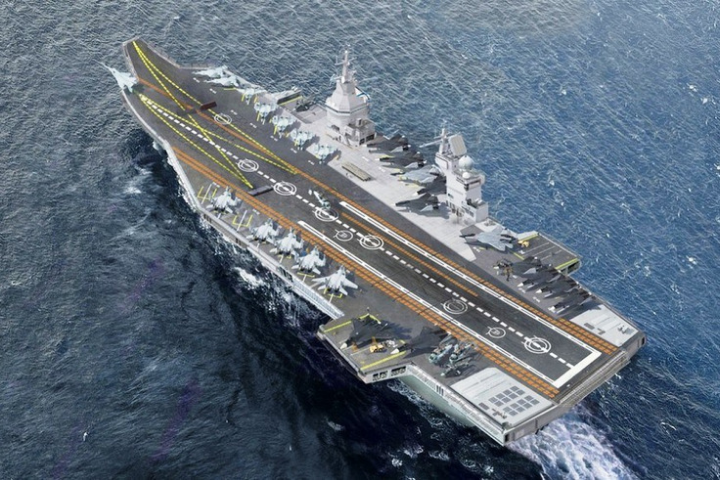
The Russian Navy’s Supercarrier Storm, also known as Project 23000 E, is a concept for a supercarrier. Admiral Kuznetsov will be replaced by the carrier. The export version is expected to cost approximately US$5.5 billion, and development is expected to take ten years by 2020.
The project had not been approved, and the cost ramifications made it unclear whether it would be prioritised above other parts of Russian navy modernisation. The vessel will have a length of 330 metres and a displacement of 90,000 to 100,000 tonnes, according to project estimates.
5. LAIKA CLASS SUBMARINE

The LAIKA class, commonly known as the Husky class, is a contemporary development of nuclear-powered fifth-generation multi-purpose submarines. The submarines are reported to combine the functions of multi-purpose and strategic submarines, with the potential to utilise cruise and ballistic missiles depending on the mission and modular design.
The main armament will consist of anti-ship cruise missiles of the calibre and p-800 types, as well as zircon hypersonic cruise missiles. The submarines have a displacement of 11 340 tonnes and a top speed of 35 knots, according to reports. Maximum submersion depth is 600 metres, with a 90-day autonomy.
6. UNMANNED T-14 ARMATA
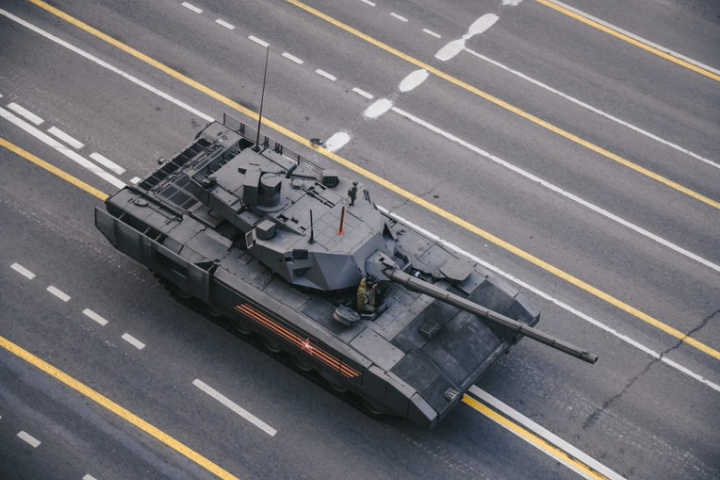
In the future, Russian military may use an unmanned version of the T14 armada tanks on the battlefield. The Russian armada t14 main battle tank outperforms the next generation of main battle tanks. The unmanned variant of Russia’s t14 ARMATA tank has begun testing. The tank was designed to be a crew-operated vehicle, but because to advances in technology, it can now be turned into an unmanned vehicle.
7. LIDER CLASS DESTROYER
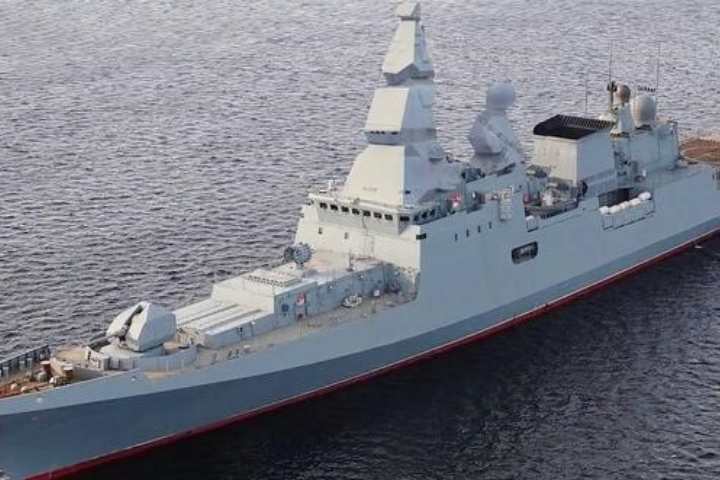
The destroyers of the number seven lighter class are smaller destroyers. The Russian Navy is considering the lighter class, also known as the cheval class, as a stealth nuclear-powered guided-missile destroyer and cruiser. The lighter class will be a destroyer, a massive anti-submarine warfare ship, and a guided-missile cruiser all in one.
The new destroyer will be able to carry substantially more armament, as well as massive food storage and stocks, allowing it to operate autonomously for 90 days. The ships will be roughly 230 metres long with a combined weight of up to 19 000 tonnes. At least 200 missiles of various sorts will be carried.
8. S-500 PROMETEY
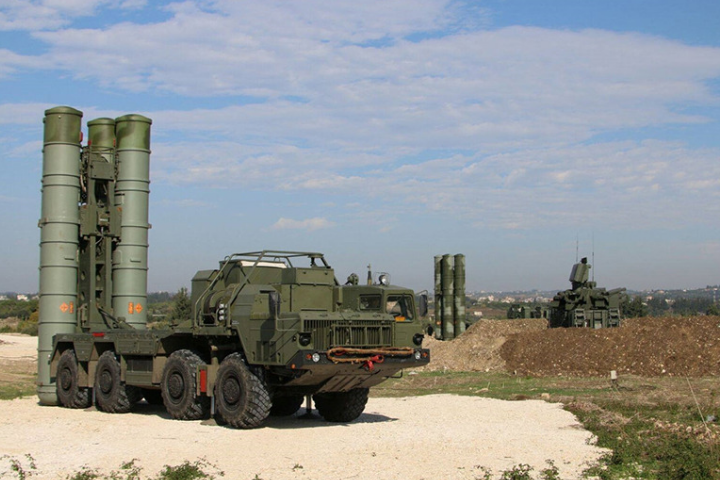
The S-500 Promedi is a Russian anti-ballistic missile system designed to intercept and destroy intercontinental ballistic missiles, hypersonic cruise missiles, and aircraft. Its anti-ballistic missile range is 600 kilometres, and its air defence range is 500 kilometres. Up to ten ballistic hypersonic targets travelling at least five times per second might be identified and engaged by the S-500.
It also aims to shoot down hypersonic cruise missiles and other fast-moving aerial targets, as well as satellites. The system will be incredibly portable and deployable in a short period of time. The s500 has a reaction time of less than four seconds.
9. SUKHOI SU-70 OKHOTNIK-B
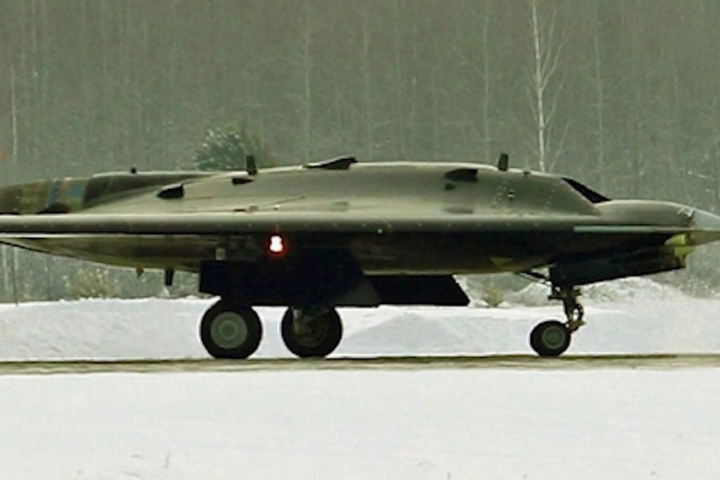
The OKHOTNIK-B, also known as hunter b, is a Russian-styled heavy unmanned combat aerial vehicle being developed as a sixth-generation aircraft project. A prototype combat drone filled with bombs is expected to enter military service in 2024, with the promise of attacking both air and ground targets.
With a wingspan of 20 metres and a top speed of 1000 kilometres per hour, the multi-role uncrewed vehicle iconic b is designed to support the su-57 with a range of combat missions. The fighting range of a cottony will be 4000 kilometres.
10. RS-28 SARMAT
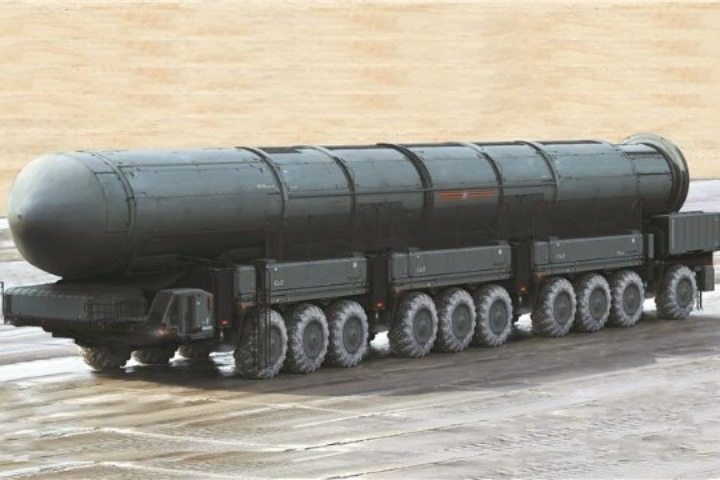
The SARMAT is a three-stage liquid-fueled missile with an 18-kilometer range and a launch weight of 208.1 tonnes. It is classed as a heavy ICBM and measures 35.3 metres in length and 3 metres in diameter.
The SARMAT can carry up to 10 tonnes of payload and a variety of warhead types. SARMAT, according to Russian media, can carry up to ten large warheads and sixteen smaller ones, as well as a combination of warheads and countermeasures or hypersonic boost-glide vehicles. The missile, which is due to enter service this year, will reach a top speed of Mach 20.7, or 25 560 kilometres per hour.
Read More :
- The 10 Fastest SUVs in the World in 2022
- Top 5 Best Nissan Z Models Over The Years
- Automotive Companies & Their Sub-Brand | Car Companies Subsidiaries
Join Us: Facebook | Whatsapp | Instagram

